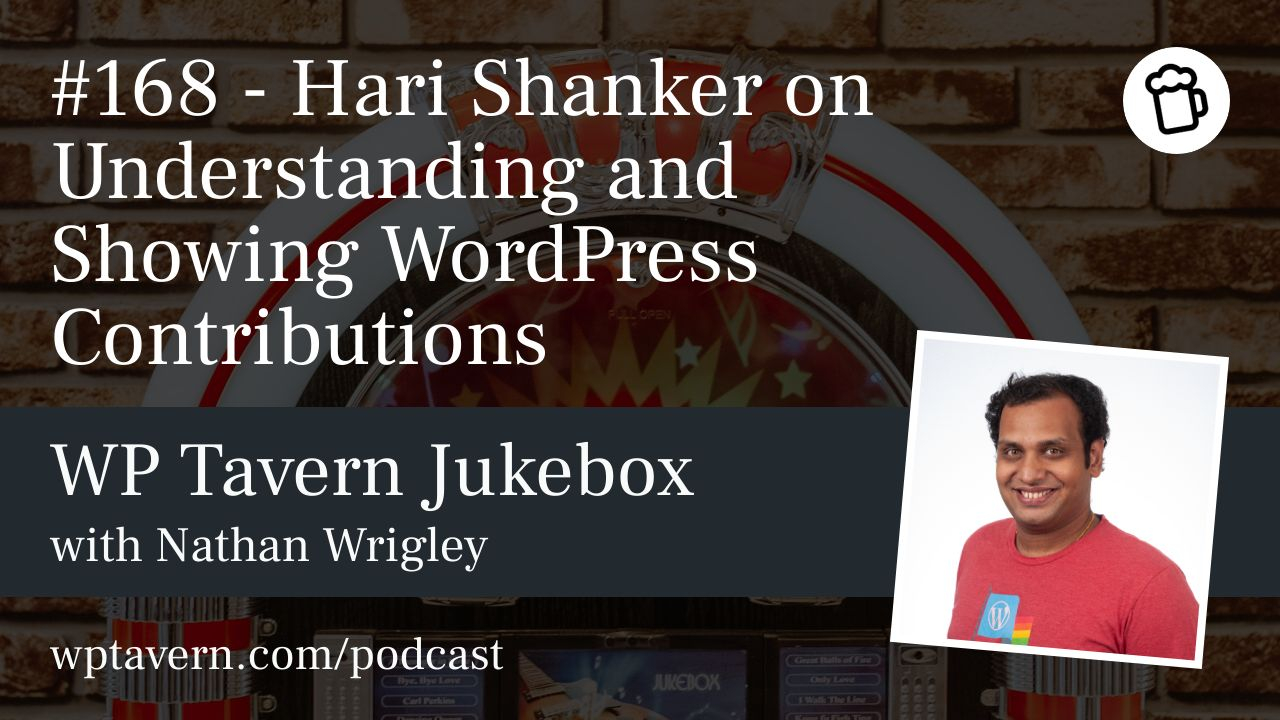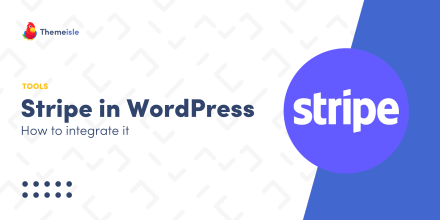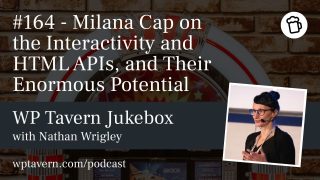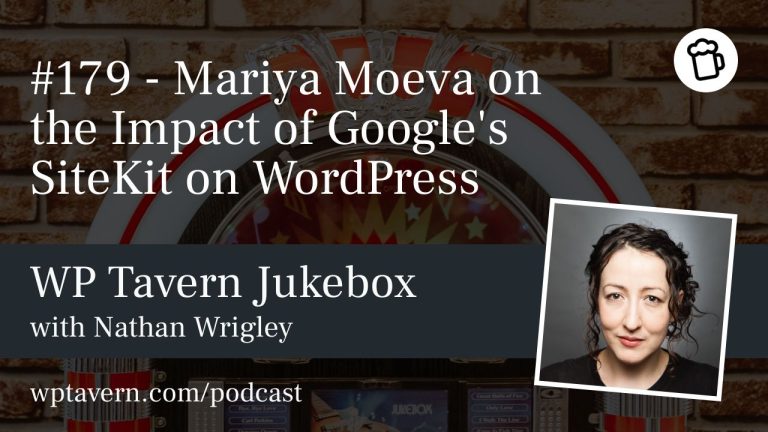Nathan Wrigley hosts the Jukebox Podcast from WP Tavern, dedicated to WordPress: people, events, plugins, blocks, themes, and contributors. Today’s guest is Hari Shanker, a long-time WordPress community member and volunteer community program manager based in Kochi, India. Hari has contributed since 2007, worked full-time on WordPress contributions (including with Automattic), led Five for the Future efforts, and supported contributor mentorship and events worldwide.
The episode explores two main topics: the growing WordPress ecosystem in India and the experimental WordPress Contribution Health Dashboards project, designed to gather, visualize, and share contribution data to help contributors identify where help is needed.
WordPress and the Indian Community
– India’s WordPress ecosystem is thriving across plugin, theme, and agency development, with notable companies and agencies such as InstaWP, rtCamp, Multidots, and theme projects like Astra.
– Community activity is widespread across cities, with many meetups, WordCamps, and innovative events (e.g., WordPress Photo Festival, WP Campus Connect).
– Contributing factors include a young population, affordable internet, and an active open source culture in parts of India (for instance, Kerala’s historically strong open source movement), which all fuel participation and innovation.
– Youth-focused initiatives like WP Campus Connect have introduced hundreds of students to WordPress, not only teaching technical skills but connecting them to community participation as well.
– Hari is optimistic: with WordCamp Asia scheduled in Mumbai for 2026, he expects increased engagement and growth among young contributors.
The Problem: Complexity and Fragmentation
– WordPress comprises roughly 20–22 contribution teams (Core, Community, Training, Photos, Meta, etc.). Contributions and discussions are spread across many platforms: GitHub, Trac, Make blogs (P2), Slack, and more.
– New and existing contributors often find it hard to know where to help, or what the project’s priorities and gaps are.
Contribution Health Dashboards: Purpose and Genesis
– The goal is to create dashboards offering a bird’s-eye view of contribution activity across teams and releases—accessible to everyone in the community. Dashboards should help newcomers find where they can contribute and help team leads and organizations make informed decisions.
– The idea has been discussed for years; momentum increased after WordCamp Europe 2023, where leadership supported the concept.
– Key early contributors: Courtney Robertson, Naoko Takano, Isotta Peira, Hari, and others. The Sustainability and Meta teams solicited community input to identify meaningful metrics and KPIs.
An Experiment and the Tools Used
– The team experimented with Bitergia (a paid analytics suite built on GrimoireLab), sponsored temporarily by Automattic. Bitergia provided insights but had limitations: it focused mainly on GitHub and did not capture data from all WordPress platforms (Slack, Trac, Make blogs, release spreadsheets, etc.).
– For the experiment, they chose three teams—Core, Community, and Training—and identified team-specific KPIs by talking directly with team members. They collected data from available sources (including release contributor spreadsheets) and produced visualizations and a published blog post (September 2024) presenting snapshots for January–September 2024, plus stats for WordPress 6.6.
– The published work was intended to spark feedback and interest, not as a finished product.
Challenges and Realities
– Building a comprehensive, automated dashboard is resource intensive: it requires developer time, data engineering, integrations across multiple platforms, and ongoing maintenance.
– Existing tools need significant customization to ingest and normalize data from WordPress’ varied sources. Paid options can be expensive (estimates cited were tens of thousands of euros for full integration).
– Volunteer time is limited; contributors and sponsored developers often have competing priorities. Manual updates are possible but not sustainable at scale.
Desired Outcome and Vision
– The long-term goal is automated, accessible dashboards that present clear visualizations (line charts, pie charts, and other charts) of selected KPIs for teams and the broader project.
– Dashboards should be user-friendly, filterable, and downloadable (CSV/spreadsheets) so people can analyze or visualize the data themselves.
– Accessibility is a priority: dashboards should be viewable and understandable by people with diverse accessibility needs.
– The dashboards should serve multiple audiences: new contributors, team reps, project leadership, and organizations contributing staff hours (e.g., through Five for the Future), helping them direct effort where it’s most needed.
Call for Contributors and Help
– The project needs:
– Feedback from the community about what metrics and KPIs matter to them (research and product thinking).
– Developers with experience in data engineering, Python, data visualization, GrimoireLab, and related tools.
– Contributors familiar with Core, Meta, and other teams to help define meaningful KPIs and validate data interpretation.
– Folks who can help with integrations from non-GitHub sources: Slack, Trac, Make blogs, release spreadsheets, etc.
– If funded or supported by multiple organizations, the project could reach the vision of automated dashboards; otherwise, a smaller, community-built solution might be viable using modern tooling and collaborative effort.
How to Get Involved
– Hari encourages anyone interested in data, visualization, or project health to get involved. Even feedback on what people want to see is a valuable contribution.
– Contact channels: comment on the WP Tavern blog post linked in the episode’s show notes, or message Hari directly in the Make WordPress Slack (username: harishanker). Nathan Wrigley’s episode notes on WP Tavern contain links and show notes for reference.
Why This Matters
– Contributor hours are precious. Better visibility into where help is required allows individuals and organizations to deploy their time more effectively and strategically.
– Organizations contributing staff can use such dashboards to make more impactful, aligned contributions—filling gaps rather than duplicating effort.
– A data-driven view of health and contribution can create a virtuous cycle: clearer signposting attracts contributors, fills gaps, strengthens teams, and improves the project overall.
Closing
– Hari reiterates that feedback and volunteers are the best gifts for the project. Building dashboards is an impactful way to invest contributor time in WordPress.
– The episode emphasizes community collaboration, the need for data-driven decision-making, and optimism about WordPress’ growth—especially among younger contributors in India and beyond.






